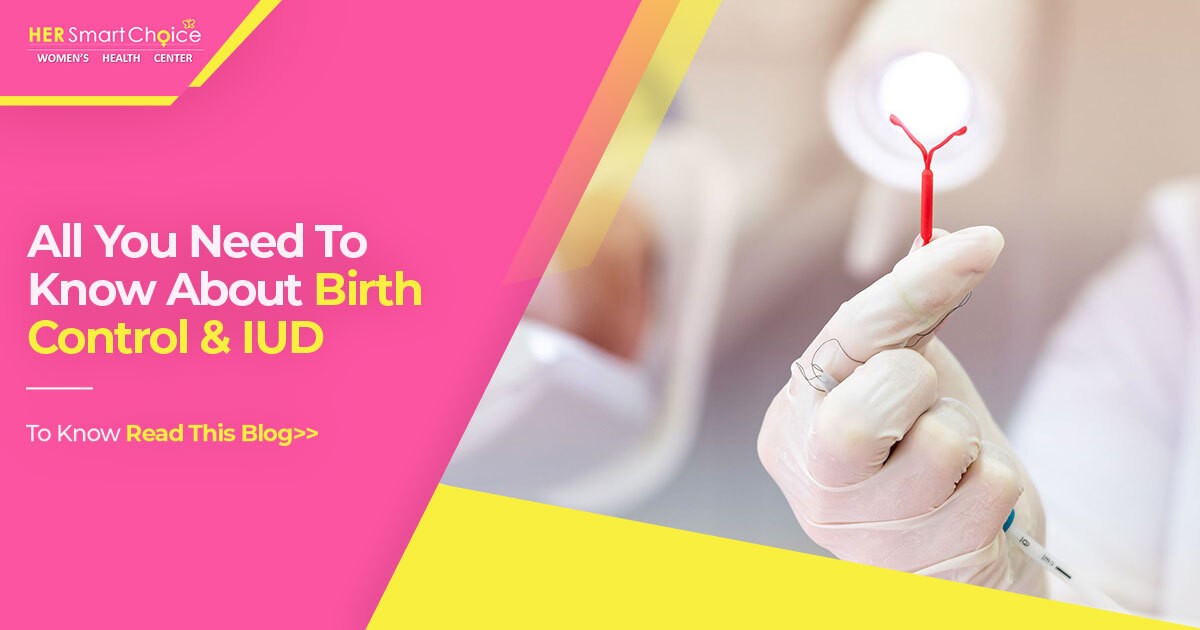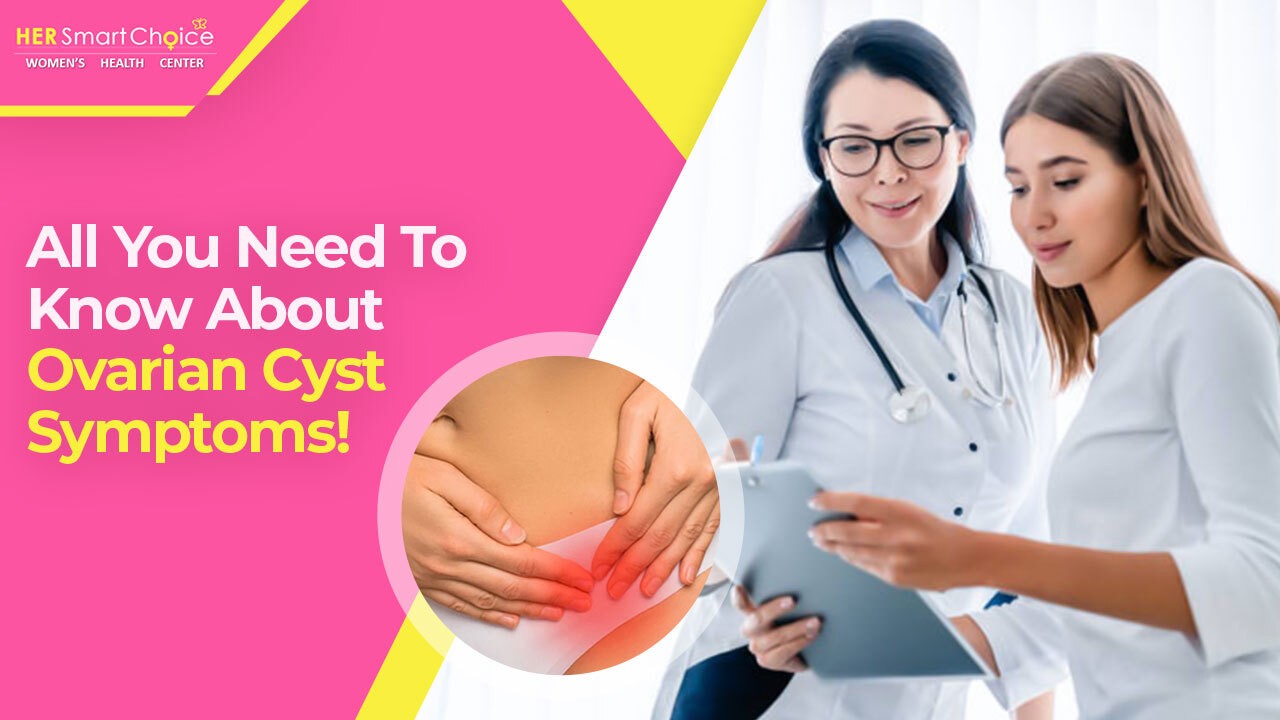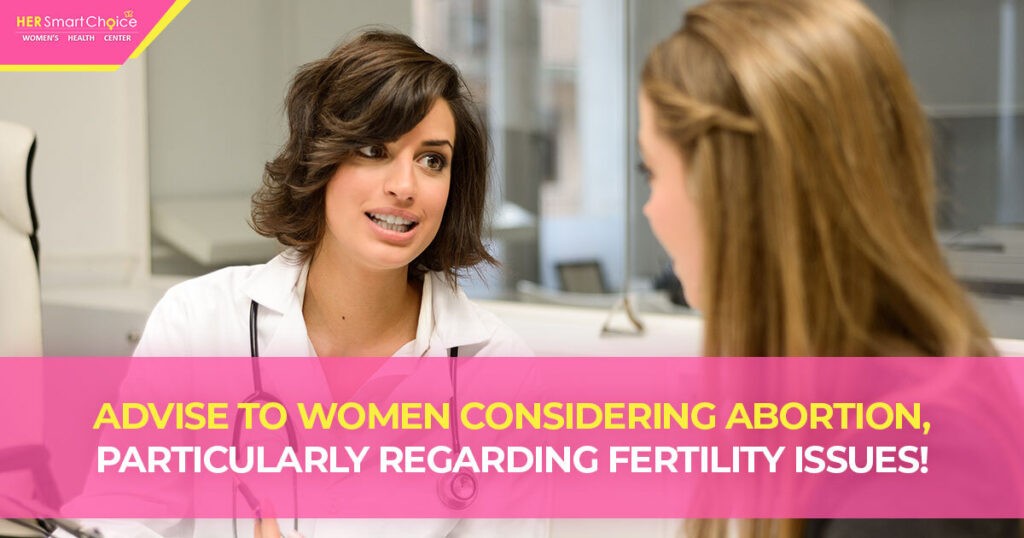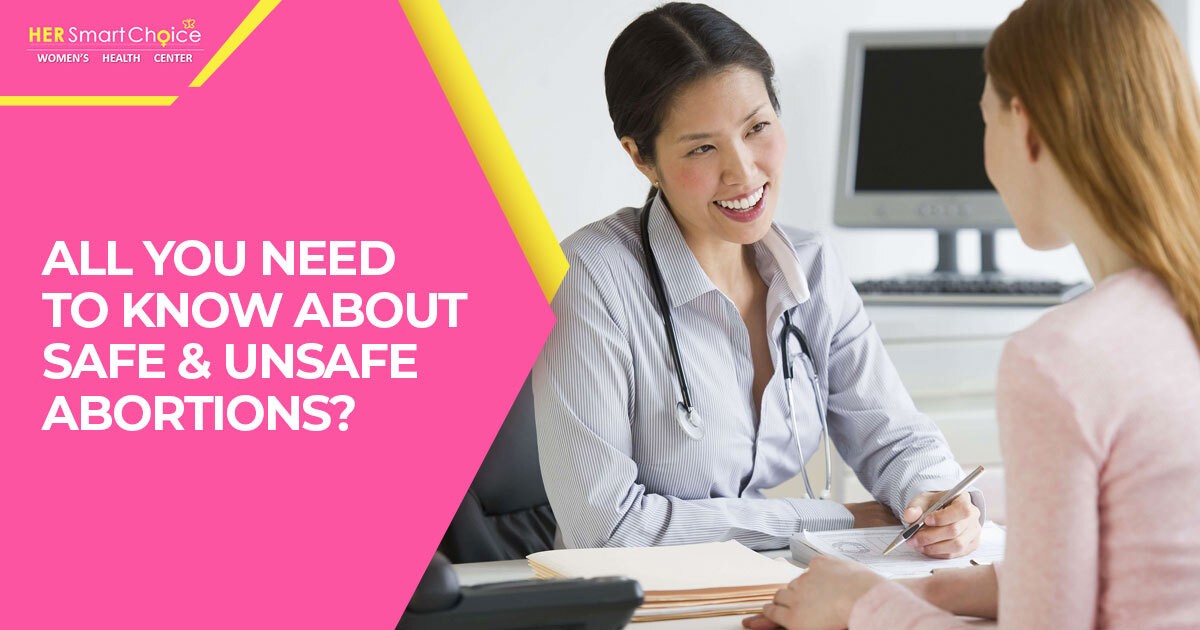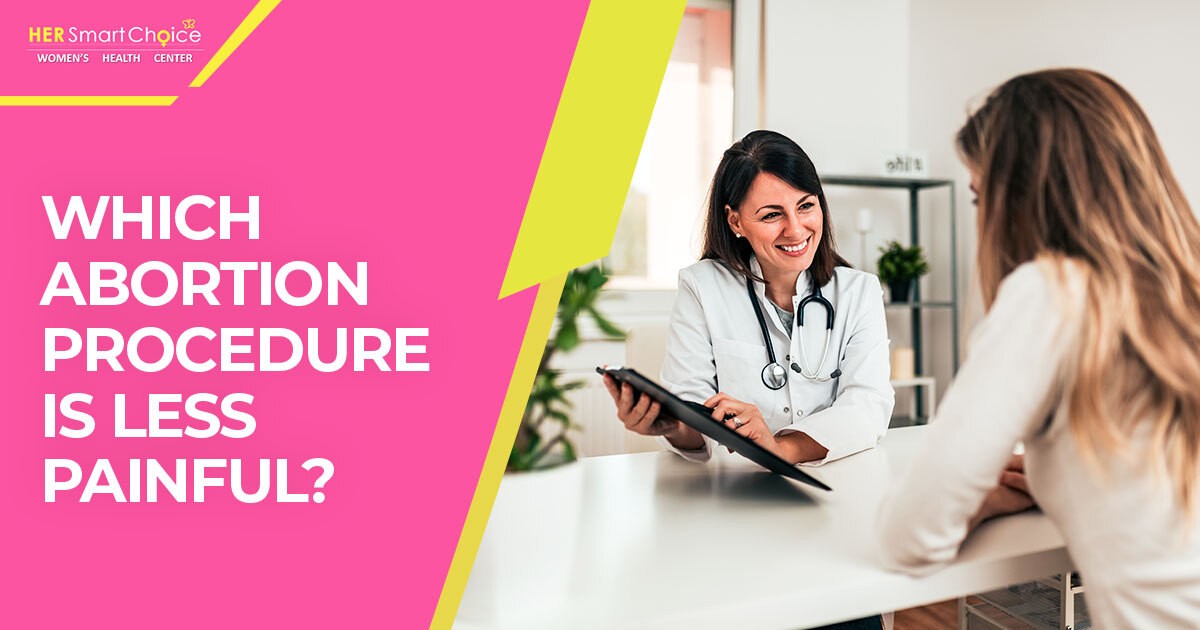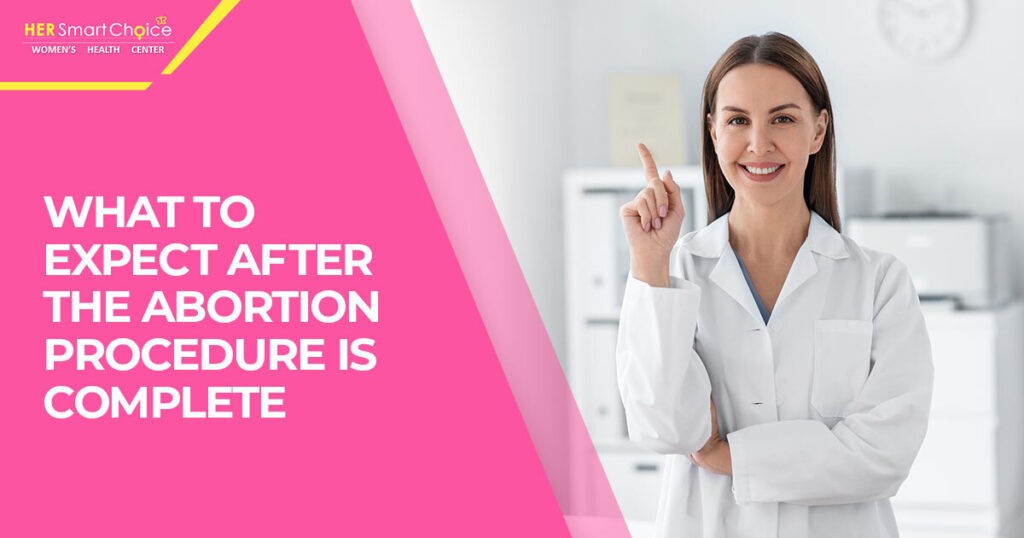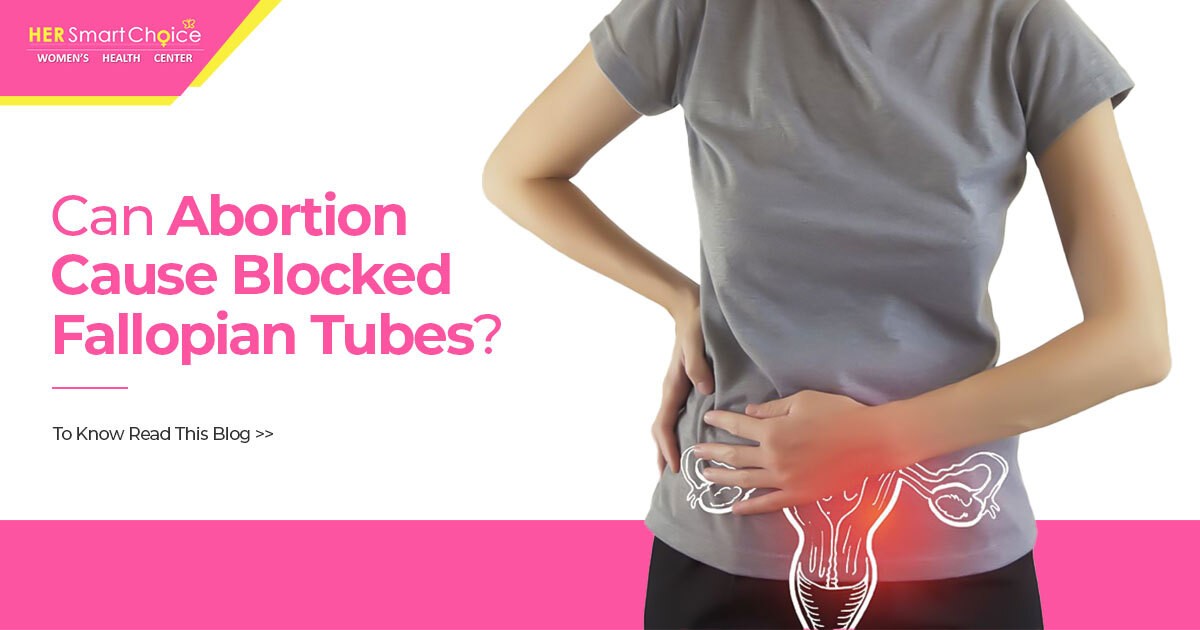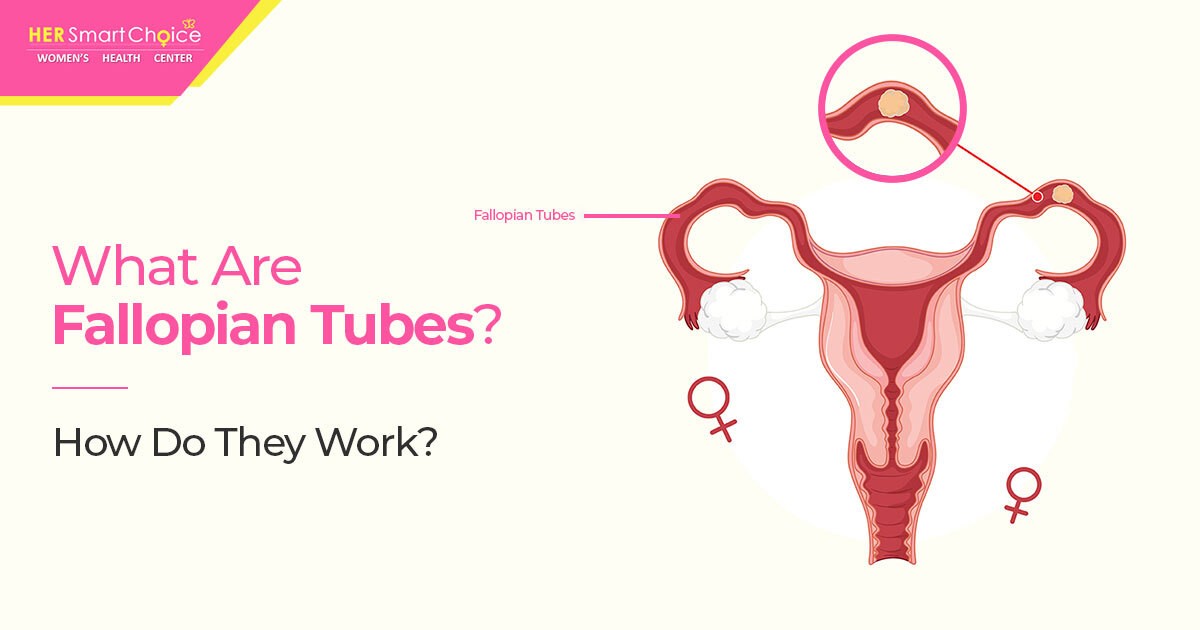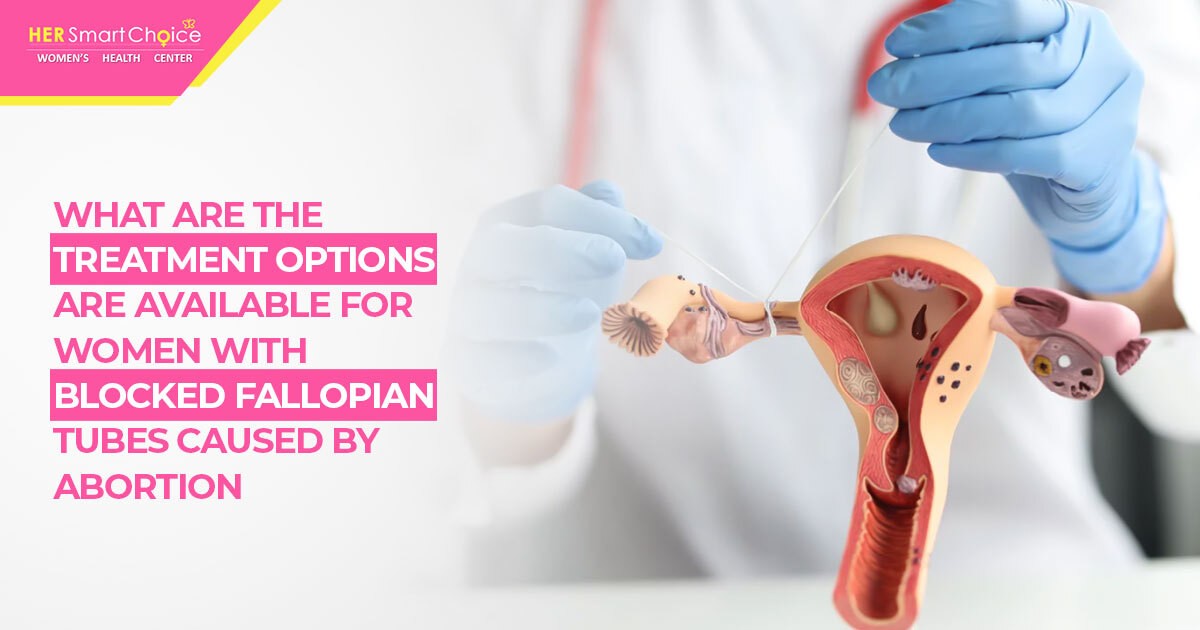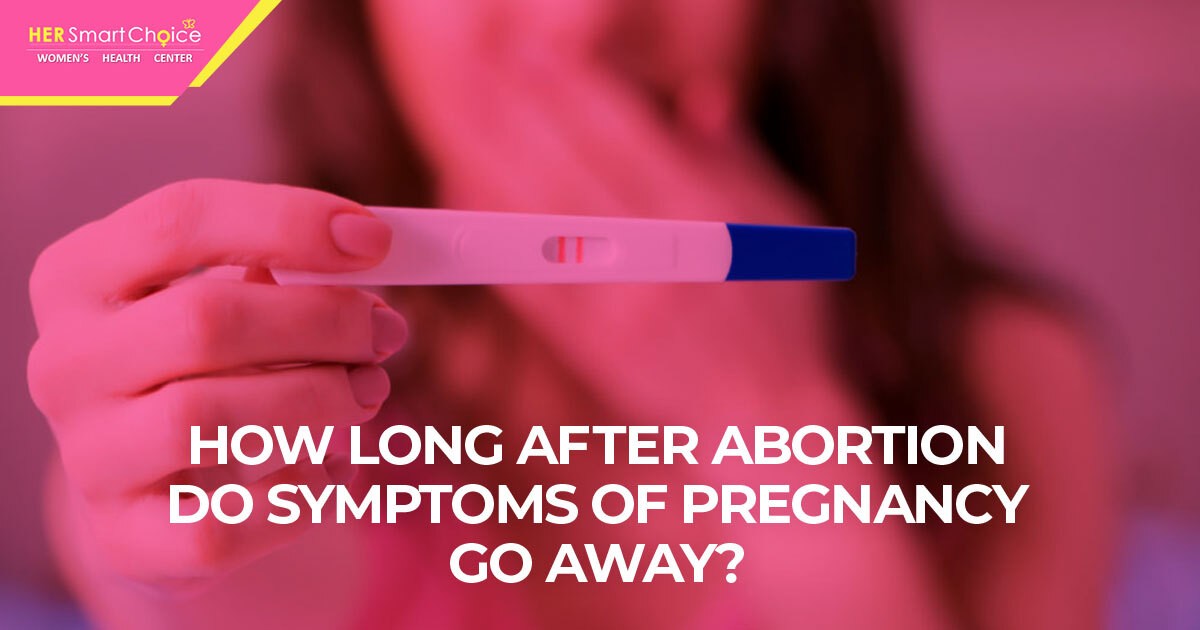Birth Control & IUDs – All You Need To Know
When it comes to birth control, there are many options available to women. One of these is the intrauterine device (IUD), a type of long-acting, reversible contraception that has been around for decades.
In this blog, we will take a closer look at the IUD, exploring its benefits and risks, as well as how it works and how to get one.
So, read on to learn more about the IUD and why it may be the right contraceptive option for you.
What Is an IUD?
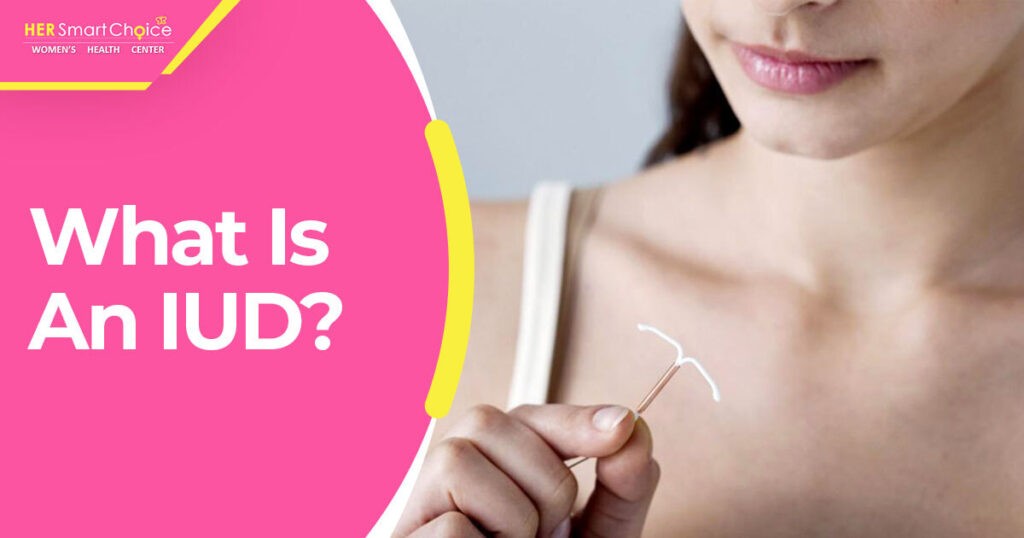
An IUD, or Intrauterine Device, is a small, T-shaped device placed in a woman’s uterus by a women’s health clinic to prevent pregnancy. It is a long-term, reversible form of birth control that is both safe and effective.
While an IUD may be used by any sexually active woman, it is especially beneficial to those who desire long-term contraception, as well as those who may not remember to take a daily pill.
This device can be inserted shortly after childbirth, miscarriage, or abortion. The best part is it can be removed at any time, allowing the woman to become pregnant soon after.
How Effective Are IUDs As A Form Of Birth Control?
IUDs are a highly effective form of birth control. It has been predicted that they are over 99% effective in preventing pregnancy when used correctly. They are also safe and long-lasting, making them a great choice for many women.
IUDs are reversible, so if a woman decides she wants to become pregnant, she can simply have the IUD removed. This method has been chosen as an effective and convenient form of birth control by many women across the nation.
What Are the Benefits of IUDs?
IUDs (Intrauterine Devices) are a safe and effective contraceptive method that offer numerous benefits.
- They are an easy-to-use
- Long-term method of birth control that does not require daily attention.
- IUDs offer women more control over their reproductive health, as well as protection from certain sexually transmitted infections.
- IUDs are cost-effective and have fewer side effects than other forms of birth control.
- IUDs are a great option for those looking for a safe, long-term, and cost-effective method of birth control.
Who Can Use Them?
IUDs are suitable in any scenario.
- Those who are looking for a reliable and low-maintenance contraceptive option.
- Those who may not want to use other forms of contraception, such as those who are breastfeeding or in their postpartum period.
- Those who are not sexually active, as well as those who are in monogamous relationships.
- This treatment option is indeed an effective and convenient form of contraception, and thus, is suitable for a wide range of individuals.
How Is an IUD Inserted?
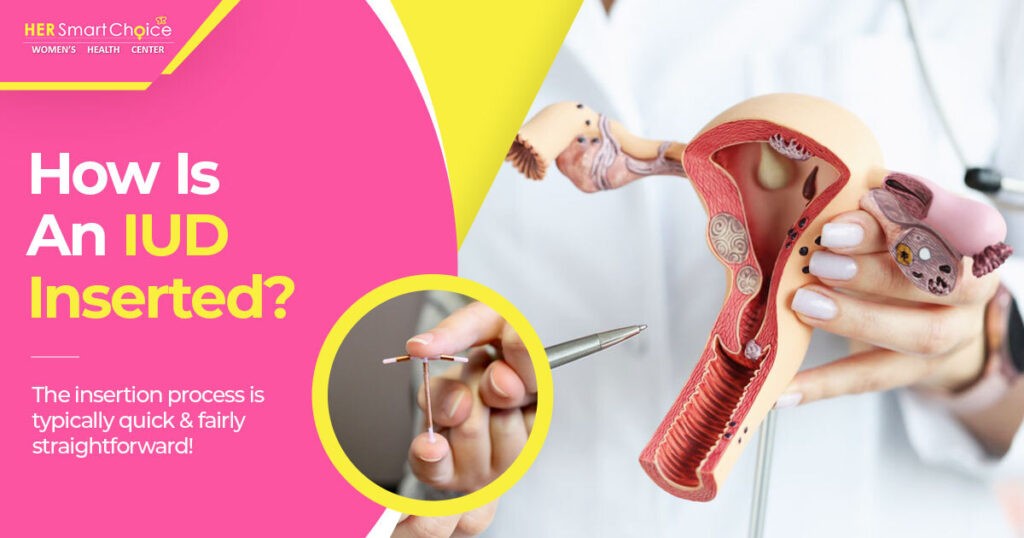
The insertion process is typically quick and fairly straightforward, and can be done in a doctor’s office.
Typically, the patient will lie on an exam table and the doctor will insert a speculum into the vagina, allowing them to see the cervix. They will then insert a thin, plastic IUD into the uterus and remove the insertion device.
The patient may experience some cramping and a sensation of pressure, but it should not be overly uncomfortable. After the IUD has been inserted, the doctor will check to ensure it is in the correct position and provide instructions on how to check it themselves.
The IUD is highly effective and, when inserted correctly, can provide protection for up to ten years.
How Long Does IUD Insertion Take?
Insertion of an IUD typically takes about 5 to 10 minutes. During this time, the doctor will check for any contraindications and check the size of the uterus. The insertion itself is done quickly and painlessly, as the doctor may use a local anesthetic to make the procedure more comfortable.
After insertion, the doctor will check the position of the IUD to make sure it is in the correct spot. Furthermore, the doctor may also provide instructions on how to care for the IUD and answer any questions the patient may have.
All in all, IUD insertion is a relatively quick and easy procedure.
Is IUD Insertion Painful?
Insertion of an IUD can be a painless procedure if done correctly. However, it can be a painful experience if not done properly. The pain typically occurs when the IUD is inserted, but it can also feel uncomfortable when the strings are trimmed.
Additionally, some people may experience cramping, dizziness, or nausea during and after the procedure. Fortunately, many healthcare providers offer various methods to reduce or manage pain, such as using a local anesthetic or a topical anesthetic.
While IUD insertion can be a painful experience for some, it can also be a relatively quick and straightforward procedure if done correctly.
What Can I Expect After My IUD Insertion?
Here are few of the symptoms that you may experience after IUD Insertion
- Cramping and discomfort
- Spotting as your body adjusts to the device.
There are a few other short-term and long-term side effects you may experience. Most of these side effects are mild and temporary, though some may last longer.
It’s important to keep your follow up appointment with your nearby birth control clinic, as they can help you manage any symptoms that may arise. With proper care and attention, your IUD will help you enjoy long-term protection against pregnancy.
Final Verdict
In summary, the IUD is a safe, effective, and convenient form of contraception that can provide you with long-term protection against unplanned pregnancies.
If you are considering the IUD, be sure to talk to your healthcare provider to determine if it is the right option for you.
With proper use and care, an IUD can provide you with reliable contraception for up to five to ten years.

